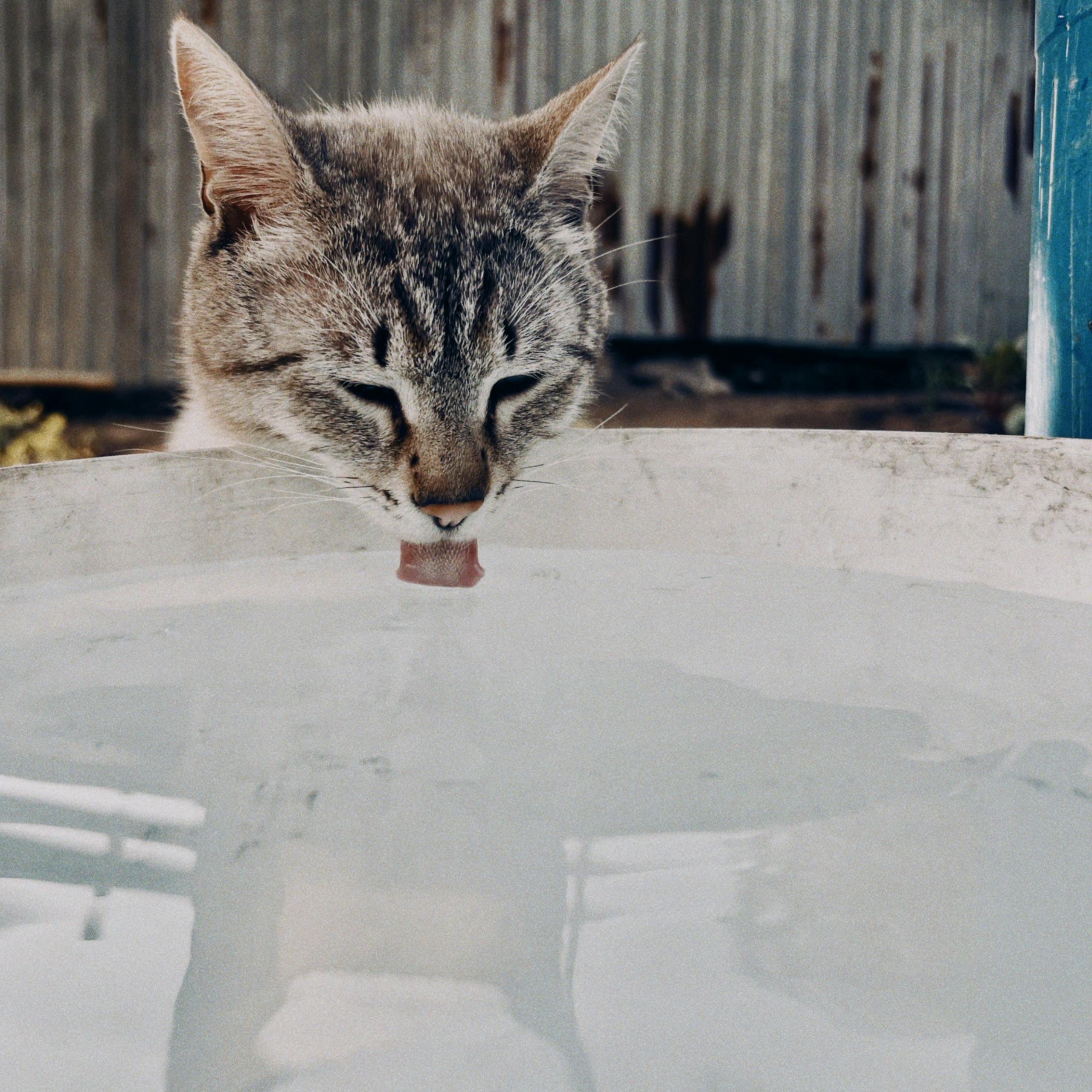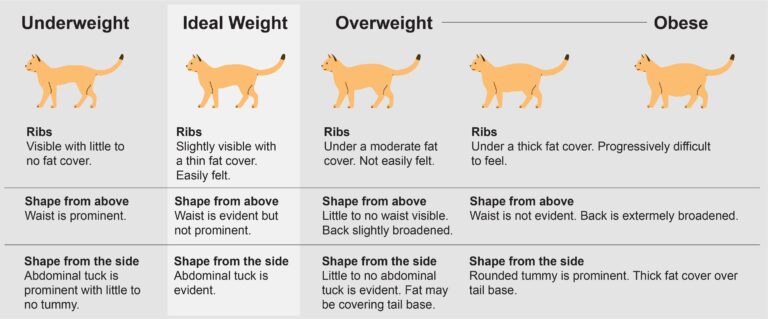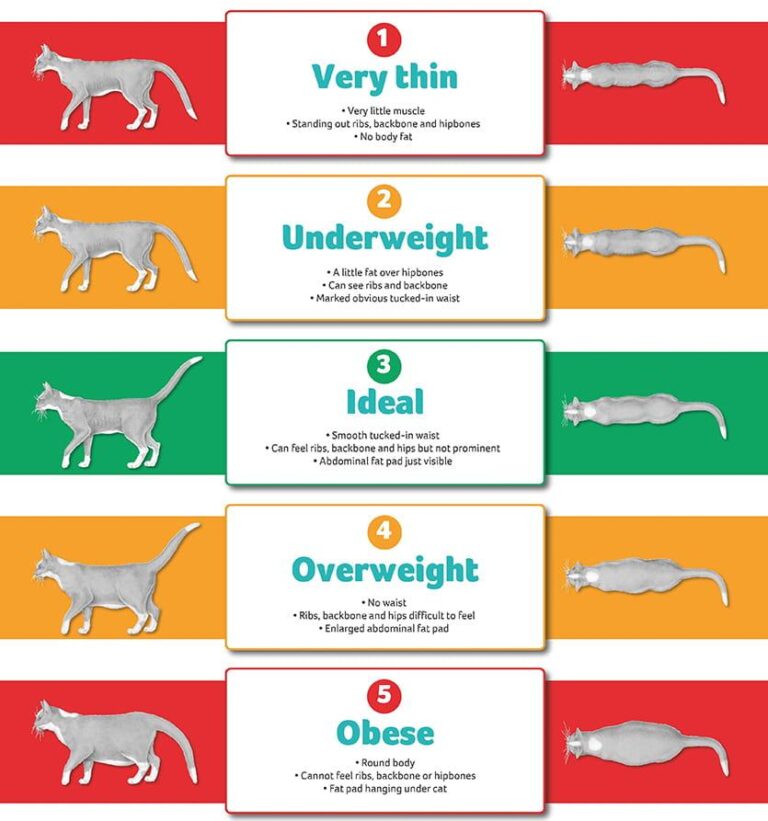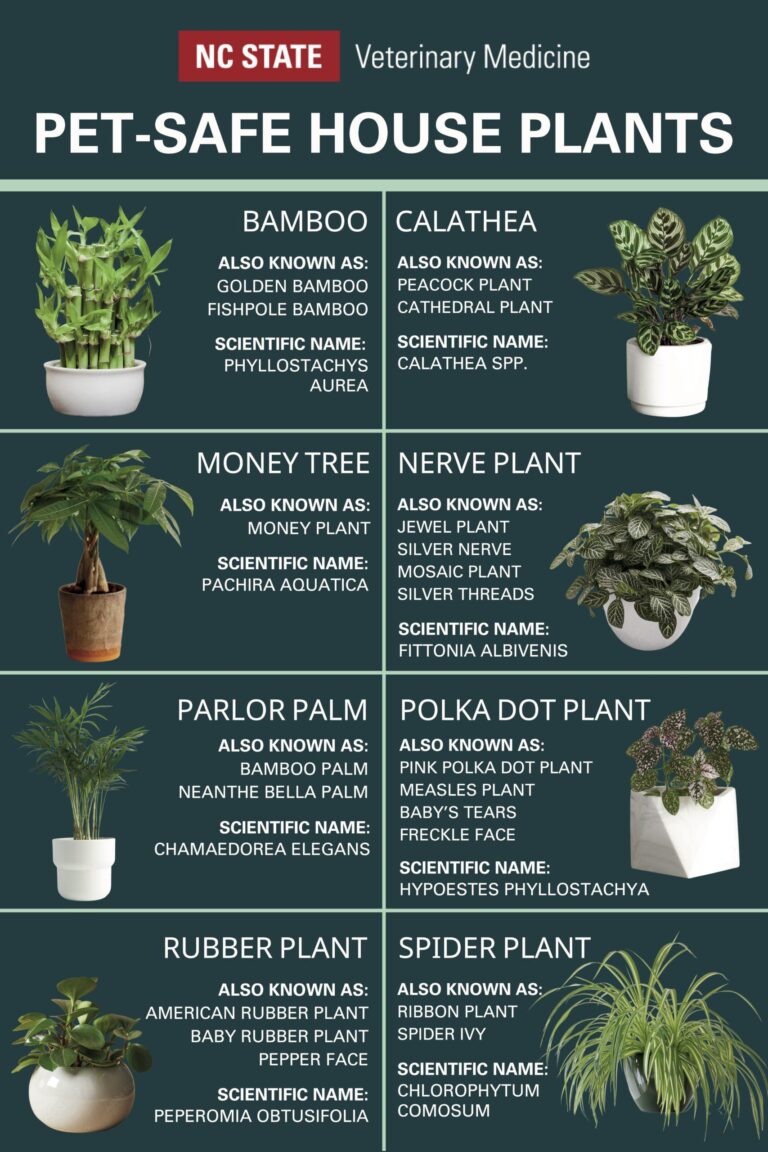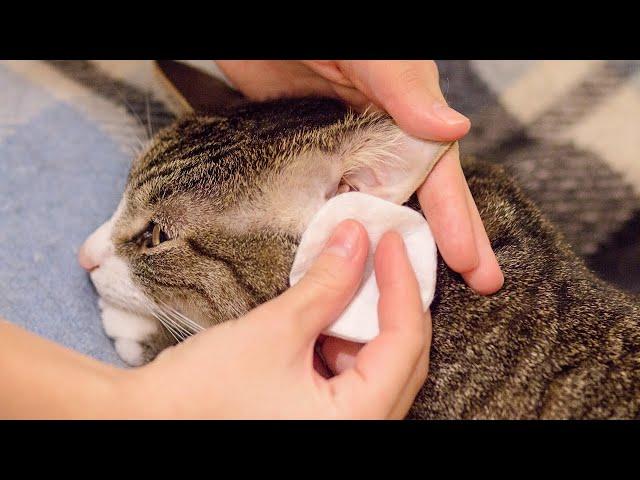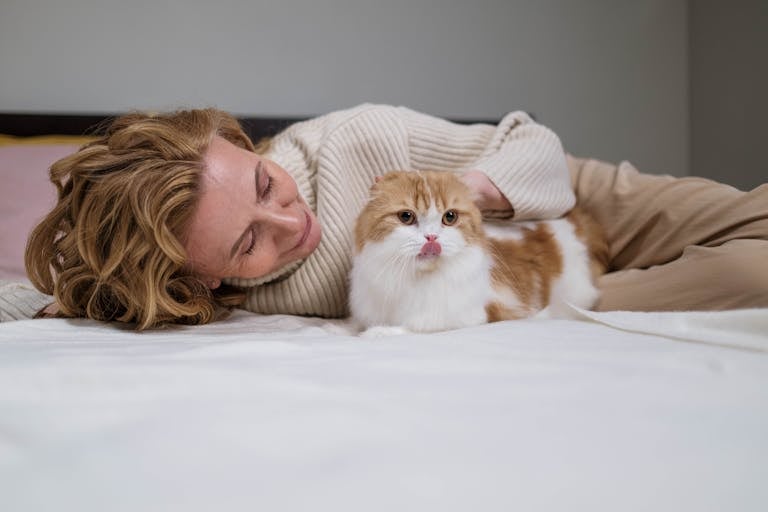Is Tap Water Safe for Cats to Drink?
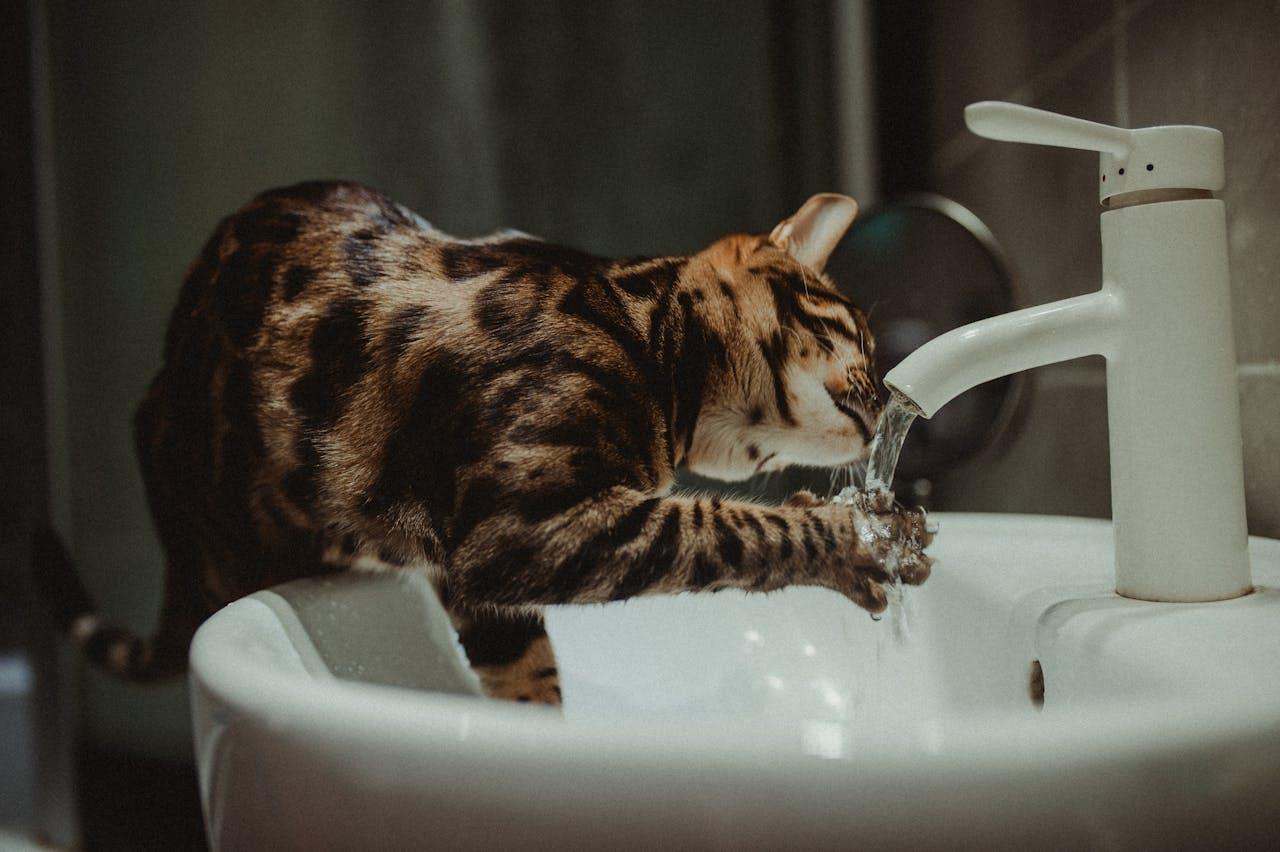
Is Tap Water Safe for Cats to Drink?
Hey fellow cat lovers! If you’re anything like me, you’re always looking out for ways to keep your furry friends happy and healthy. One question I hear a lot from cat owners is, “Can my kitty safely drink tap water?” It sounds simple, right? After all, we drink it every day! But when it comes to our whiskered companions, things can get a bit more complicated.
So, if you’ve ever found yourself staring into your cat’s water bowl wondering if what you’re giving them is really the best choice, you’ve come to the right place. Let’s dive into the nitty-gritty of tap water and what it means for your feline friend.
Why Your Cat’s Water Choice Really Matters
We often underestimate how important hydration is for our cats. Unlike dogs, many cats don’t naturally drink enough water, which can lead to health problems like urinary tract issues and kidney disease. So, the quality and safety of what’s in their water bowl truly count.
Tap water is the most convenient and cost-effective option available to us at home, but that doesn’t necessarily mean it’s perfect for our pets. Here’s why:
- Different water sources mean different qualities. Depending on where you live, tap water’s mineral content, chlorine levels, and potential contaminants vary.
- Cats have sensitive systems. Compared to humans, cats can be more vulnerable to certain additives and impurities.
- Water temperature and freshness impact drinking habits. Cats prefer fresh, clean water — sometimes tap water from a stagnant bowl just won’t cut it.
What’s Actually in Tap Water?
The contents and quality of tap water depend largely on your local water treatment and supply. Here’s a quick peek at the usual suspects:
Chlorine and Chloramine
These compounds are added to municipal water to kill bacteria and keep it safe for human consumption. While generally considered safe in low amounts, chlorine can affect the taste and smell, which might turn off a picky kitty. Some cats also have heightened sensitivity to chlorinated water, showing less interest in drinking it.
Fluoride
Many cities add fluoride to promote dental health. This isn’t harmful in the levels typically found in tap water, but some pet owners prefer to avoid it for their cats’ water out of an abundance of caution.
Heavy Metals and Minerals
Lead, copper, and other trace metals can sometimes leach into water from older pipes. Minerals in hard water aren’t usually a problem but could influence taste and might irritate cats with very sensitive stomachs.
Contaminants
In rare cases, tap water may contain pesticides, pollutants, or bacteria — usually filtered out by municipal treatment but possible in private wells or in older homes with poor plumbing.
Simple Ways to Ensure Your Cat’s Water is Safe
Worried about what’s in your tap water? Here are some easy steps to keep things purr-fectly safe and tasty for your furry friend:
1. Use a Water Filter
Investing in a good home water filter can significantly reduce chlorine, heavy metals, and other impurities. Filters for the faucet or pitcher types are easy to find and affordable. Plus, cats often prefer filtered water that tastes cleaner and fresher.
If you’re interested, here’s a popular option: CatWaterRefresh Filter Pitcher.
2. Change Water Frequently
Change your cat’s water at least once a day to keep it fresh. Cats absolutely notice when their water is stale or dirty, and it can discourage them from drinking.
3. Use a Water Fountain
Many kitties love running water — it’s instinctively more inviting. A cat fountain can help encourage hydration and keep water circulating, which reduces bacteria and keeps things tasting fresh.
4. Avoid Standing Water Sources
Avoid leaving water bowls out for extended periods or to collect dust and grime. Regularly wash bowls with mild soap and rinse thoroughly to keep them squeaky clean.
Mistakes to Dodge When Giving Your Cat Water
Even well-meaning cat parents can drop the ball sometimes. Let’s look at some common pitfalls, so you don’t fall into the same traps:
- Using plastic bowls: These can trap odors and bacteria, affecting water taste. Plus, some cats develop allergies to plastic.
- Neglecting to clean bowls daily: Dirty bowls can introduce harmful bacteria or create a slimy film that your cat will refuse to drink from.
- Ignoring water temperature: Cats can be finicky about water temperature — lukewarm or slightly cool tends to work best.
- Assuming all bottled water is better: Some spring or mineral waters contain high mineral levels, which aren’t always ideal for cats.
- Forgetting hydration alternatives: Offering wet food regularly helps cats get extra water, especially if they’re reluctant to drink enough.
Making the Best Water Choice for Your Cat
Here’s the bottom line — tap water is usually safe for cats, but there are a few things you want to keep in mind to make it the best choice possible:
- Know your local water quality report and see if there are any issues to consider.
- Consider a quality water filter to remove chlorine and bad tastes.
- Keep your cat’s bowl clean and change water often.
- Try a cat water fountain for fresh and flowing water.
- Watch your cat’s drinking habits — any changes may warrant a vet check.
Always remember, when in doubt, a quick chat with your vet can help guide you toward the safest choices for your cat’s particular needs.
Quick Picks: Trusted Tools to Keep Kitty Hydrated
- CatWaterRefresh Filter Pitcher — filters chlorine and metals, great for tap water conversion.
- Pet Fountains with Charcoal Filters — keeps water fresh and entices cats to drink more.
- Stainless Steel or Ceramic Water Bowls — easy to clean, safe, and don’t retain odors.
Bonus: FAQs That Might Be on Your Mind
Can bottled water be better than tap water for cats?
Bottled water can be a fine choice, but it depends on the mineral content. Some mineral waters have high calcium or sodium which might not be ideal for cats. Always check the label and opt for purified water if you choose bottled.
Is it safe to add flavor enhancers to my cat’s water?
Generally, no. Many human-grade flavorings contain ingredients harmful to cats. Instead, focus on fresh, clean water or wet food to encourage hydration.
My cat drinks very little water. Should I be worried?
Some cats naturally drink less and get most of their moisture from wet food. But if you notice a sudden drop in drinking or symptoms like lethargy or urinary problems, it’s best to consult your vet right away.
Wrapping It Up: Keeping Your Cat’s Water Safe and Tasty
When it comes down to it, providing your cat with safe, fresh, and appealing water is one of the best gifts you can give them. Tap water isn’t usually harmful, but it’s worth paying attention to what’s in it, how often you change it, and how you serve it.
With just a little care—using filtered water, clean bowls, or even a flowing fountain—you’ll see your kitty drinking happily and staying healthy for years to come. After all, a well-hydrated cat is a happy, vibrant cat, and that’s what every pet parent wants.
Here’s to fresh water and purrs all around!

